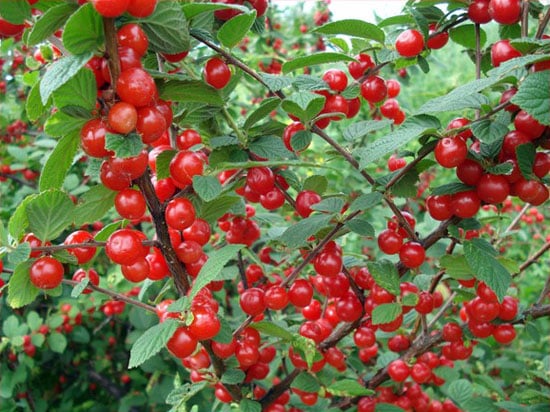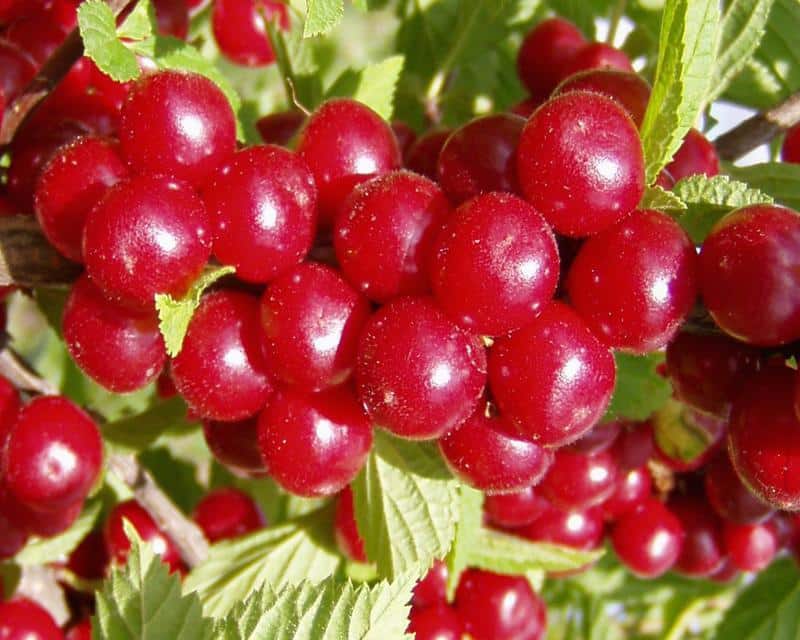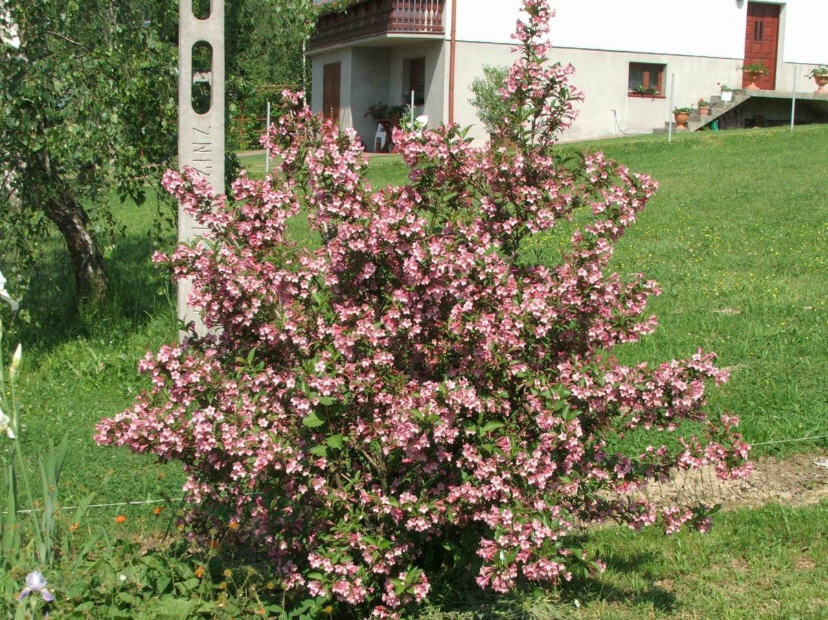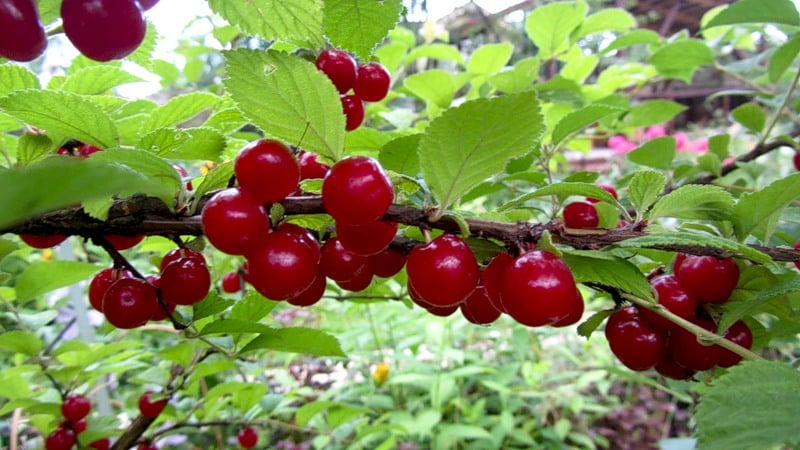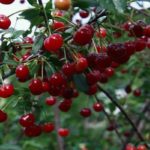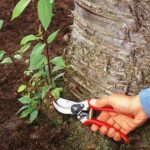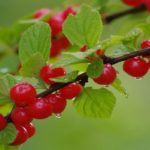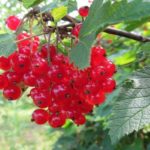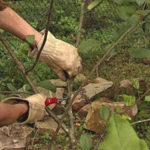Many summer residents prefer to plant Natalie felt cherry on their plots. This variety is popular among gardeners due to the taste of ripe cherries and ease of care.
Origin story
Breeding of the variety began in the Far East back in 1979. When creating a new variety of plant, varieties such as Ogonyok, Damanka and Leto were used. Breeders tried to take only the best qualities from the above cherries and combine them into Natalie.
The work was carried out over 18 years, since the plant was included in the State Register only in 1997.
Description and characteristics of the variety
The description of the variety will help inexperienced gardeners become familiar with its main features. This variety of cherries belongs to medium-sized plants, since the maximum height of the trees reaches two meters. In spring, all stems are covered with small oval leaves, the lower part of which is covered with fluff.
Their surface is covered with small wrinkles of a greenish tint. The maximum leaf length is 6-8 cm.
Felt Natalie is characterized by high productivity. In the first half of summer, cherries weighing 3-4 grams are formed on the branches. They are covered with a thin red peel, under which there is juicy pulp with a stone. Natalie has excellent taste, and therefore compotes, preserves and jam are often prepared from her fruits.
Features of cultivation
Before planting cherry seedlings in the garden, you should familiarize yourself with the features of growing such a plant.
Choosing a landing site
It is recommended to take the choice of planting location seriously, as the yield depends on it. Lighted areas in the garden that are protected from wind gusts are suitable for cherries. Trees should be grown in loamy or chernozem soils.
Watering
The root system of cherries needs periodic moistening, and therefore, when growing, Natalie will have to water. To do this, several furrows are made near the crown into which water is poured. It is enough to moisten the soil 2-4 times a month.
Fertilizers
The Natalie variety will bear fruit normally if you feed the tree regularly. In summer, fertilizing is added to the soil 2-3 times.It is recommended to use fertilizers that contain potassium, nitrogen and phosphorus.
Characteristic
It is necessary to familiarize yourself in advance with the characteristics of fruits and pollination of trees.
Possible pollinators
Natalie is a self-fertile plant variety that requires additional pollinators. However, they should be grown near cherry trees.
Among the most effective pollinators for plants are:
- peaches;
- plums;
- apricots;
- quince.
Fruit
The first harvest can be harvested only two years after Natalie is planted in the garden. If you follow all the recommendations for caring for the trees, you will be able to collect about 5-8 kg of cherries from each of them. The main feature of the fruit is its taste. Unlike other varieties of cherries, they do not have a sour taste.
The disadvantages of fruits include their poor preservation and transportability. The harvested crop is stored for no longer than a week.
Diseases and pests
Felt cherries are resistant to coccomycosis, which often affects other varieties. Also, trees are rarely infected with clasterosporia. Among the diseases that can lead to Natalie’s death is monilial burn. Cherries are often attacked by aphids, rodents, scale insects and mites. When insects and diseases appear, it is recommended to immediately treat the trees with fungicides.
Conclusion
When choosing cherry varieties to grow, some pay attention to Natalie. Before planting this variety of cherries in the garden, you need to familiarize yourself with its description and all the nuances of cultivation.

